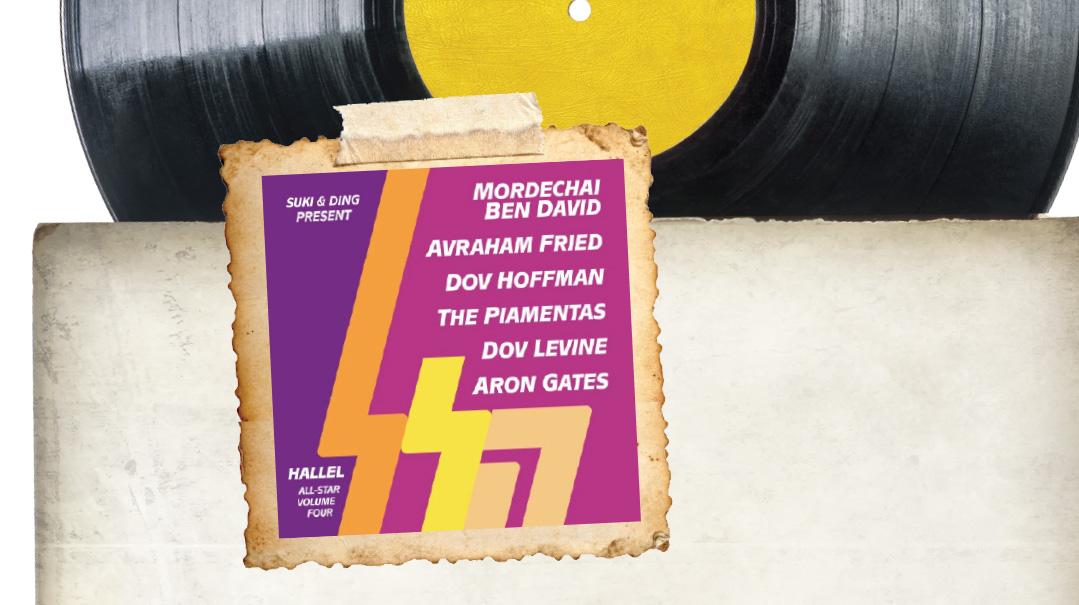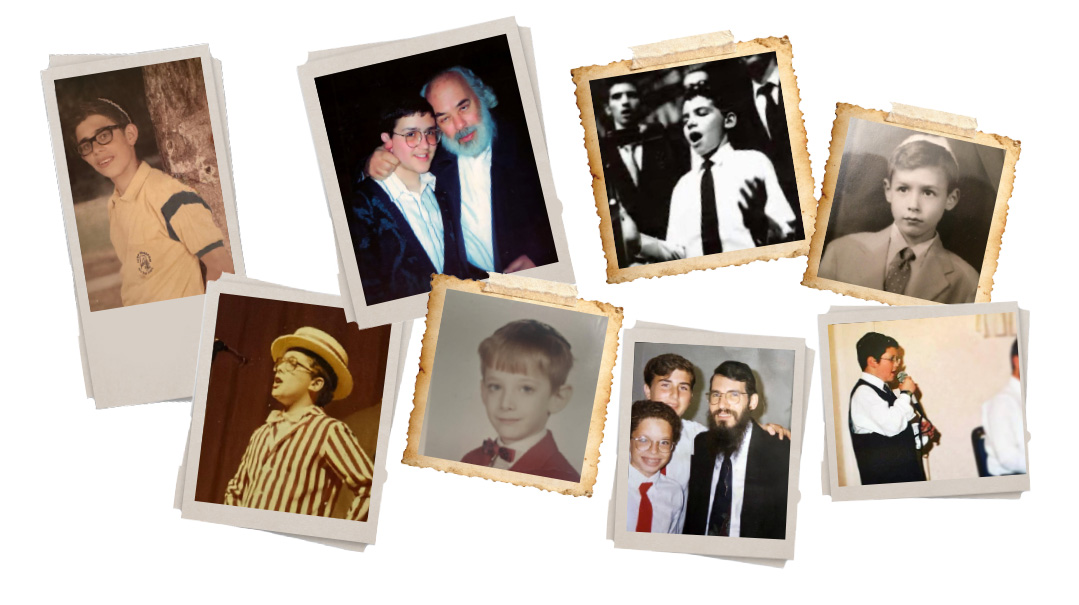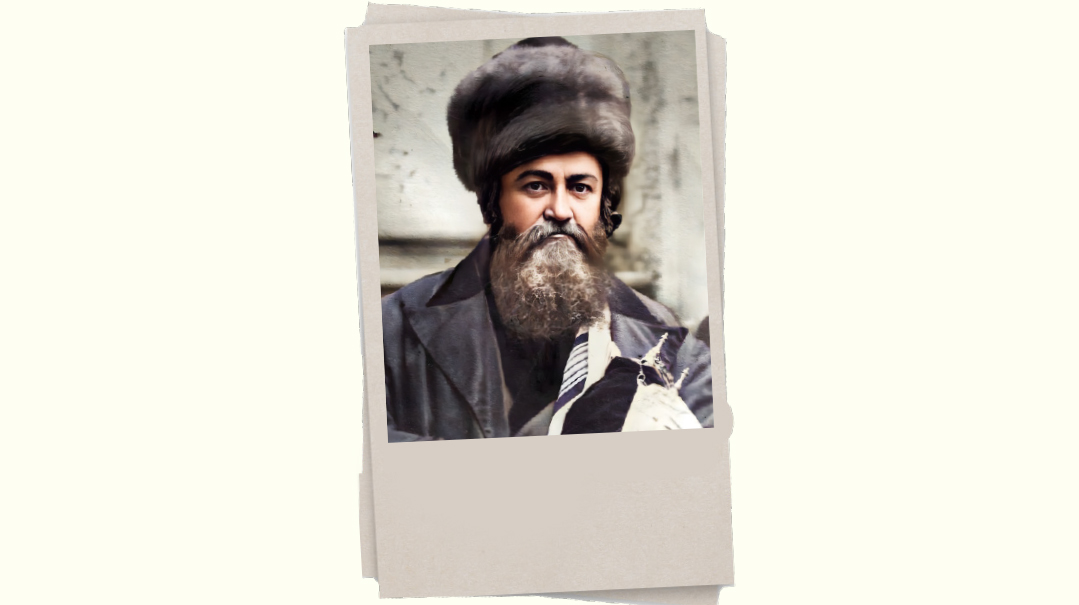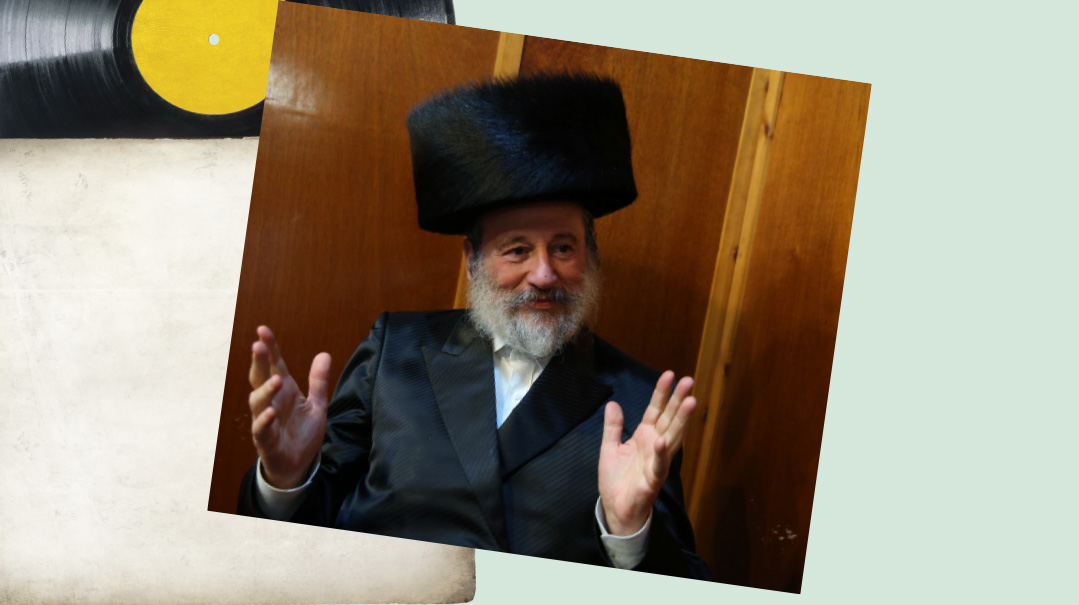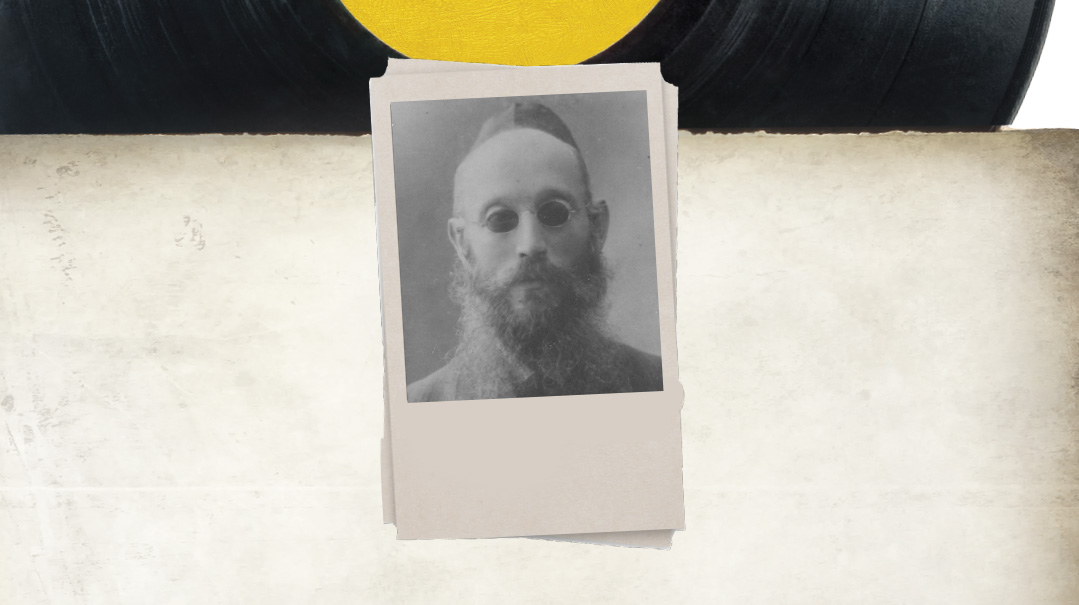Four More Questions

I’m also offering some answers, but I’m really not such a chacham. Maybe your answers are better?
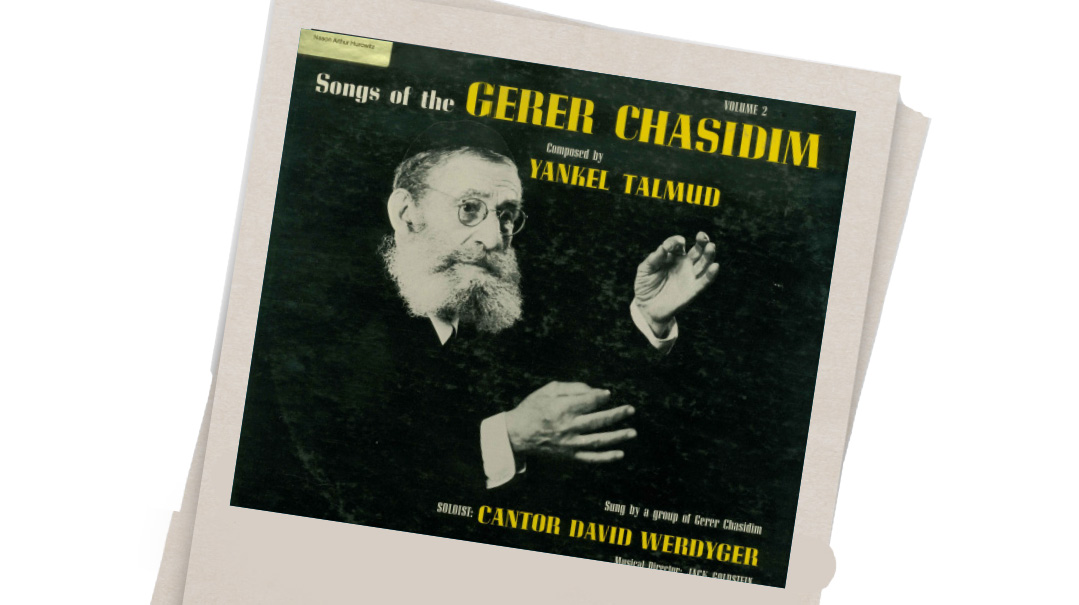
We’ve put away the dishes, packed up the Haggadahs, and probably can barely remember that just two weeks ago we recited the Four Questions. But to keep the Pesach spirit going, I’ve decided to pose another set of Four Questions. I’m also offering some answers, but I’m really not such a chacham. Maybe your answers are better?
THE FIRST QUESTION IS: What Jewish song has been sung the most over the last 75 years?
Now, there’s no definitive answer to this, but my research and calculations suggest that it’s the classic “Od Yishamah,” sung at all frum Jewish weddings. It’s played before the badeken, after the chuppah, and when the chassan and kallah enter. So that’s three times at every wedding. Weddings happen about 180 days a year, and, I would guess, there are at the very least 300 frum weddings per day. So, that’s 162,000 times, and over 75 years, we’re talking about 12,150,000 times, and that’s excluding all engagements, sheva brachos and wherever else the song is sung or played.
But the bigger question is: Who composed “Od Yishomah”? Trust me when I say this required many hours of real research, and I still have no definitive answer. And no, it’s not Shlomo Carlebach, as people assume (he has another famous tune, but this one isn’t it). The most accurate answer I was able to curate is from an elderly Yid by the name of Avraham Zuckerman, who was born in Cracow in 1924, survived the Holocaust, and was actually saved by Oscar Schindler. He claims that the song was written by a chassid in Cracow and was originally put to the words “Kah Keli,” the tefillah we say before Mussaf on Yom Tov. After that, I hit a dead end. So if you have any more legitimate information about this, please let me and the readers know.
THE SECOND QUESTION IS: What song in the last 60 years has been sung acapella almost exclusively?
I believe the answer is Dovid Werdyger’s “Lo Seivoshi.” The song was composed by Yankele Talmud, was released on Gerrer Niggunim in 1962, and is still sung in shuls all over the world. Walk into a Young Israel in Phoenix, a shtibel in Bnei Brak, or even a yeshivah in Lakewood during Kabbalas Shabbos and you’ll hear this masterful Gerrer niggun. Calculator in hand and low-balling it, 2,500 shuls a week, times 52 weeks, times 75 years is close to eight million times. Minimum. What’s amazing about this tune, the Werdygers told me, is that the song was recorded all in one take, in a room full of musicians and a choir, all conducted and directed by Yaakov Goldstein, and of course, the venerated chazzan Dovid Werdyger. With all the digital recording and mixing innovations, who would even attempt something like that today?
THE THIRD QUESTION IS: Which song is sung by children the most, all over the world?
I think that answer is pretty straightforward: It’s the classic Bentshing song. Whether in a yeshivah, a camp, a Bais Yaakov, or a Shabbos table, all meals end with the Bentshing song. While it’s impossible to put numbers to this one, the first part of the song was composed in 1938 by Cantor Moshe Nathanson, who had come back to New York from Palestine (where he had written “Hava Nagila”) and was hired to direct music for the Orthodox day schools at the time. At a visit to one school, he saw how the students recited Bircas Hamazon after lunch — in a mumble. And so, he created the iconic tune and began singing it in schools and summer camps. Over the years, different tunes have been adapted to the various paragraphs (and there’s the Belz “new” Bentshing song composed by Rabbi Yosef Tzvi Breyer about 20 years ago), but the classic still endures at tables all over the world.
THE FOURTH QUESTION IS: “What song does every child sing, although there’s probably no truth to it?”
Well, there’s not a frum Jewish kid around who doesn’t know Rebbi Alter’s “Pharaoh in Pajamas,” in either English or Hebrew (the tune of which gave a big boost to the original “Baruch Elokeinu”). But while I don’t claim to be an Egyptologist, I have my strong suspicions about what Pharaoh was actually wearing in the middle of the night — and they weren’t blue, white, polka dotted or striped pajamas. But hey, isn’t that how legends are created?
(Originally featured in Mishpacha, Issue 909)
Oops! We could not locate your form.

